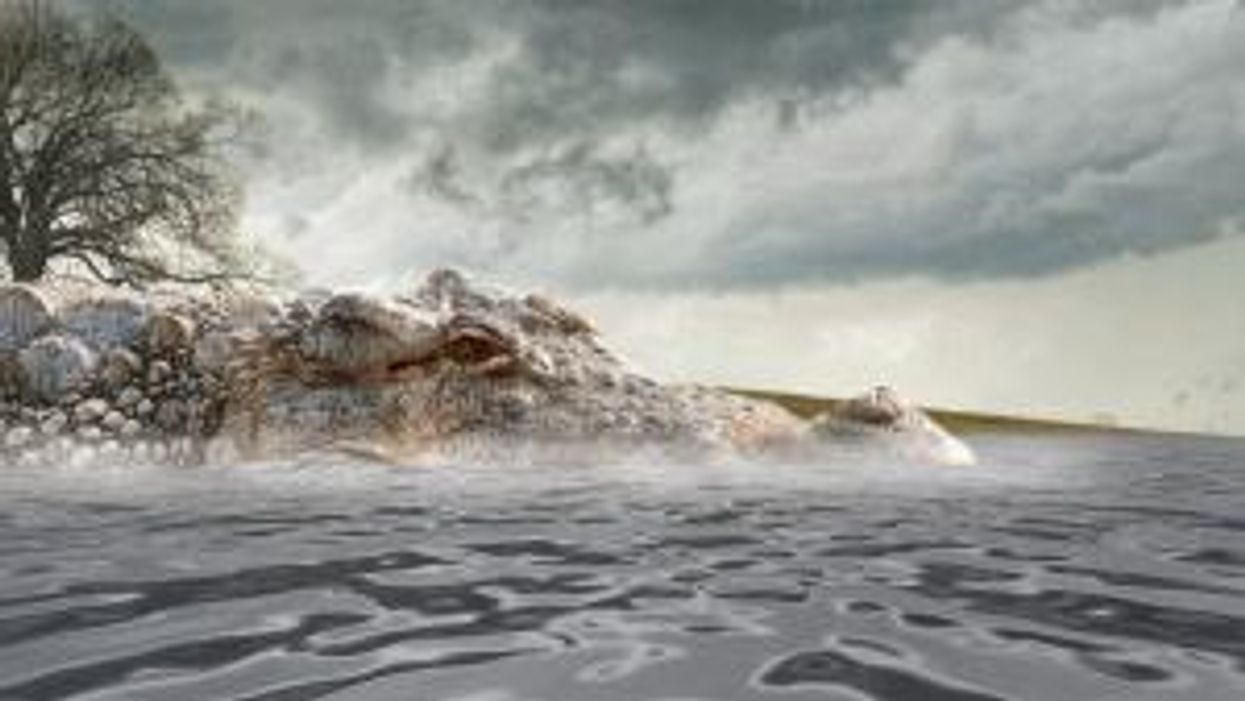Scientists have found a 93-million-year-old crocodile - and its last meal.
The crocodile, which has been called the Confractosuchus Sauroktonos or "broken crocodile dinosaur killer", was found in Central Queensland with the remains of a baby dinosaur in its stomach.
Scientists, studying it in a report for Gondwana Research reckon the massive croc gew to around 2.5m (6-8ft) and believe it died in a flood.
Sign up to our free Indy100 weekly newsletter
Scientists at ANSTO and @UniNewEngland have used nuclear techniques to shed light on the feeding habits of a 93 million-year-old crocodile that devoured a juvenile dinosaur based on fossilised stomach contents found in Central Queensland.\n\nhttps://www.ansto.gov.au/news/nuclear-techniques-confirm-rare-finding-crocodile-devoured-a-baby-dinosaur\u00a0\u2026\n\n#NCRIS #ANSTO— ANSTO (@ANSTO) 1644977024
35 per cent of the crocodile was preserved including a "near-complete skull" with its teeth and by using 3D scans and X-rays, researchers were able to look at it in more detail.
Joseph Bevitt, a co-author of the study, said: "In the initial scan in 2015, I spotted a buried bone in there that looked like a chicken bone with a hook on it and thought straight away that it was a dinosaur."
"Human eyes had never seen it previously, as it was, and still is, totally encased in rock."
"The fossilised remains were found in a large boulder. Concretions often form when organic matter, or say a crocodile, sinks to the bottom of a river. Because the environment is rich in minerals, within days, the mud around the organism can solidify and harden because of the presence of bacteria."
Have your say in our news democracy. Click the upvote icon at the top of the page to help raise this article through the indy100 rankings.














